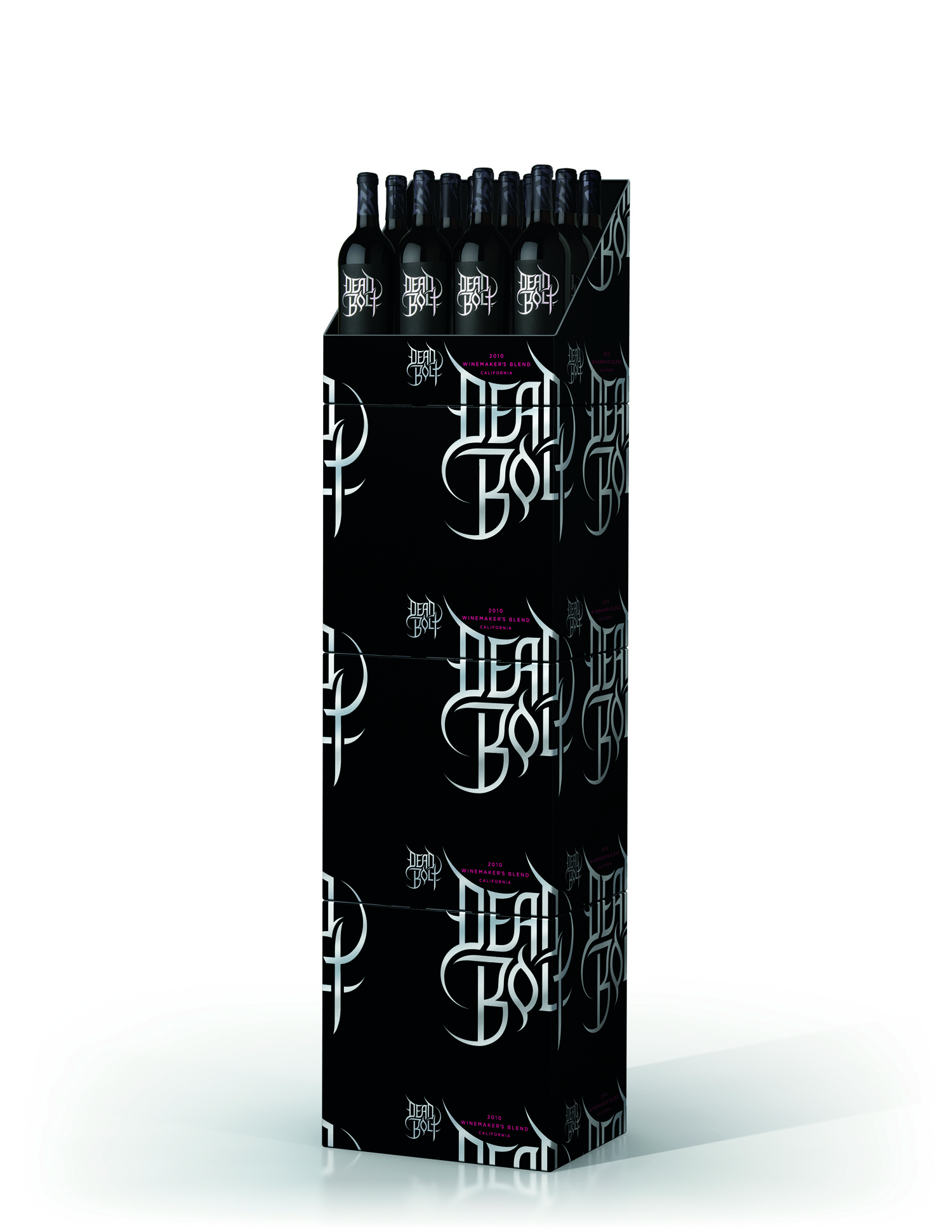
There’s language, terminology, and knowledge that is perfectly normal in a pressroom, but may be completely foreign to those outside the world of print, including brand owners and other customers.
However, there are ways for printers to communicate with brand owners to better translate what the customer is seeking into language that corresponds to the print process.
Scott Hosa, associate director for graphic technology at Landor, a brand design firm, says he’s been part of conversations where a brand owner has said he or she wants packaging with “bling” or to “pop off the shelf.”
That’s all well and good, but most presses don’t feature an in-line bling station.
In situations like this, Hosa explains it’s imperative for printers to not only be listening to what the brand owner is asking for, but to be asking questions as well. So, in this instance, the brand owner may not be familiar with the term ‘foil stamping,’ but if the printer explains that process and how it can add that flashy element to a package, a brand owner is likely to appreciate it.
“[A brand owner] may not be totally educated on all the intricacies of printing,” Hosa says. “So what I’ve seen be most successful is not necessarily focusing on what to listen for, but asking the right questions.”
In other instances, a brand owner may be familiar with a specific element of the printing process and request that it be part of their packaging. If a printer does not have that capability available, rather than just replying with a “no,” suggesting an alternative method can keep that business in house.
Alan Colvin, a principal and creative director at Cue, a Minneapolis-based brand design company, explains that in many instances, a printer can suggest an alternative process that can even be an improvement to what the brand owner had in mind.
“Sometimes printers have alternative processes, technology or techniques that could be better than what a brand owner is thinking,” he says. “Alternatives will often come with some differences in quality, timing or expense. Still, printers can offer more efficient or premium options that may not have been considered by the brand owner.”
Sticking with the foil-stamping example, Hosa explains that if a printer does not have that capability, he or she could recommend something like a metallic ink or substrate that may provide a similar effect.
“I know you asked for foil stamping,” Hosa says, emulating a conversation between a printer and brand owner. “We may not do that, but we have another technology where we use a holographic varnish that gives a compelling shifting glimmer effect.”

To maintain brand consistency throughout Dead Bolt wine’s packaging, Landor successfully implemented available technologies to produce capsules and cases similar to the wine’s primary packaging.
In addition to talking with brand owners and interpreting their needs, Colvin says printers should also be focusing on communications with other members of the supply chain.
For example, in many instances of specialized packaging, the printer is not providing the entire solution. There may be another vendor providing, say, a specific closure or taking on a certain finishing process.
“On a foil stamp there are limitations on how fine type can be, so you want [a printer] to be giving minimums for type size,” Colvin says. “On other elements you may be having to source a different closure or other feature. The printer may have information that helps his sources provide what is needed.”
In addition to finishing steps and appearance-enhancing procedures, Hosa says printers can also add value by providing creative ways to solve important problems.
For example, if a product’s packaging is required to contain specific regulatory information, but there’s not enough space on the packaging, a printer could recommend adding an extended content label.
“It helps comply with the regulatory requirements, but it also provides this extra real estate for a coupon,” he says.
Colvin says printers should be actively adding value to the end product. They need to be managing expectations and coordinating several processes along the supply chain, but finding ways to go above and beyond will keep the brand owner pleased.
“Ideally, the printer is the kind of partner who adds value, either in ways that will make the process easier, higher quality, or both,” he says.

Cory Francer is an Analyst with NAPCO Research, where he leads the team’s coverage of the dynamic and growing packaging market. Cory also is the former editor-in-chief of Packaging Impressions and is still an active contributor to its print magazines, blogs, and events. With a decade of experience as a professional journalist and editor, Cory brings an eye for storytelling to his packaging research, providing compelling insight into the industry's most pressing business issues. He is an active participant in many of the industry's associations and has played an essential role in the development of the annual Digital Packaging Summit. Cory can be reached at cfrancer@napco.com












